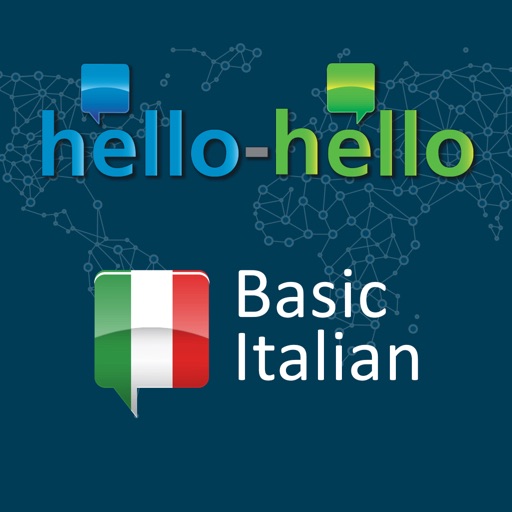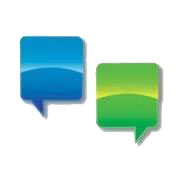Several people are already aware related to the uniqueness of Italy. Its rich history, fantastic architecture, and delicious food make it one of the globe’s most sought-after tourist destinations. But probably even more intriguing is the Italian language itself.
Passed down over several generations, Italian has been greatly preserved throughout the country of Italy. If you are thinking about learning Italian or are trying to establish your business in the Italian territory, it’s good to know a bit about the origins and history of the dialect.
Here are some facts about the Italian language that will fascinate you.
Italian Alphabet Contains 21 Letters
The Italian people are good at keeping things sweet and simple, and similarly, their alphabet is no exception. Yes, it is true, the Italian alphabet contains just 21 letters, excluding j, k, w, x, and y. Derived from the Latin alphabet, it is considered as the closest match to this dead language of any dialect in use today. These letters are all shared alongside the English alphabet, but Italian letters employ an accent system and are not pronounced in a similar way.
It is Spoken by Over 64 Million People Globally
When it comes to just the number of speakers, Italian cannot compete with languages such as English and Mandarin. And yet, it is still one of the most popular and influential languages in the world. Italian is the first language of about 57.7 million speakers living in the EU, and the second language of almost 7 million people. As well as being the national language of Italy, Italian is one of the official languages in Switzerland, the Vatican City, San Marino, and Istria, and is spoken by over 64 million people globally.
The Longest Italian Word has 30 Letters
This might be the funniest of them all. The Germans are famous for their love of long terms and phrases, but they are not the sole ones who like to push the envelope. In today’s time, “psiconeuroendocrinoimmunologia” is the Italian dictionary’s longest word, consisting of 30 letters and 13 syllables. The term has an acronym of PNEI and indicates to the study of nervous, immune, and endocrine system functions. Fine, so it’s no longer than “supercalifragilisticexpialidocious”, but you have to admit, it is still a quite monstrous word.
In 1861 Italian Became an Official Language
In the early part of 1861, the national parliament convened and proclaimed the unification of Italy, which was around the same time that a standard version of the Italian language arises. Apparently, back then, today’s Italian was quite a little-known language that it was only spoken by less than 3 to 5% of the population living in the newly unified country. Though there were several dialects during that period, prominent Italian writer Dante and linguist Petrarch paved the route for the Tuscan dialect to become the national language of Italy.
It Became Standardized by Dante Alighieri
Modern Italian language was formed by Dante, an Italian writer mostly referred to as the “Father of the Italian language”. But he was not just that, he was also a political thinker and the country’s eminent cultural hero for his role in establishing the language. In the late Middle Ages, most poetry and literature were written in Latin, but Dante is well known for writing the epic poem The Divine Comedy in the Tuscan dialect. He left an indelible impression on the language and helped position Tuscan Italian as the foundation for the Italian spoken today.
It is the 5th Most Studied Language in the US
The majority of American students learn a foreign language during their university or high school years, and Italian is amongst one of the most popular. For over 100 years, Italian has been a widely spoken language in The United States, due to the large-scale migrations during the late-19th century. Today, more than 700,000 Americans speak Italian, with the majority living in New York City, Los Angeles, Chicago, and San Francisco. This makes Italian the 5th most-studied language in the US.
Learn Italian Vocabulary (HH)
Hello-Hello’s Italian Vocabulary app helps users to master Italian words and phrases essential for their academic, professional, and business success.
The Italian course is based on a proven language learning methodology supported by amazing images; clear audio files (learn pronunciation) and engaging exercises. The app contains an extended database of Italian words and phrases and features 7 different modules for learning, 4 of which designed specifically to practice listening, reading, writing, and speaking skills. The learning process is enhanced with the use of word games, self-voice recording, and spelling check.

iTunes Store Link https://apps.apple.com/us/app/learn-italian-vocabulary-hh/id434210815

